Why use Coco Peat?
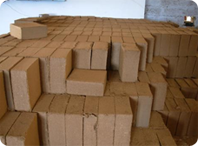
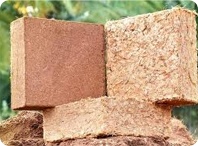
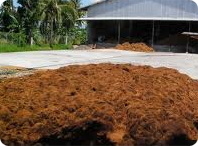
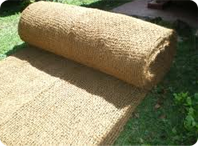
Botanical
Coco peat is used as a soil additive. Due to low levels of nutrients in its composition, coco peat is usually not the sole component in the medium used to grow plants. When plants are grown exclusively in coco peat, it is important to add nutrients according to the specific plants' needs. Coco peat from India contains several macro- and micro-plant nutrients, including substantial quantities of potassium.
Common uses of coco peat include
- As a substitute for peat, because it is free of bacteria and most fungal spores, and is sustainably produced without the environmental damage caused by peat mining.
- Mixed with sand, compost and fertilizer to make good quality potting soil. Coco peat generally has an acidity in the range of pH - 5.5 to 6.5. It is a little on the acidic side for some plants, but many popular plants can tolerate this pH range.
- As substrate for growing mushrooms, which thrive on the cellulose. Coco peat has high cellulose and lignin content.
Coco peat can be re-used up to three times with little loss of yield. Coco peat from diseased plants should not be re-used.
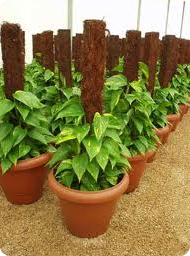
Coco peat can be re-used up to three times with little loss of yield. Coco peat from diseased plants should not be re-used.
Other
Being a good absorbent, dry coco peat can be used as an oil absorbent on slippery floors. Coco peat is also used as a bedding in animal farms and pet houses to absorb animal waste so the farm is kept clean and dry. Coco peat is hydrophilic unlike sphagnum moss and can quickly reabsorb water even when completely dry. Cocopeat is porous and cannot be overwatered easily.








